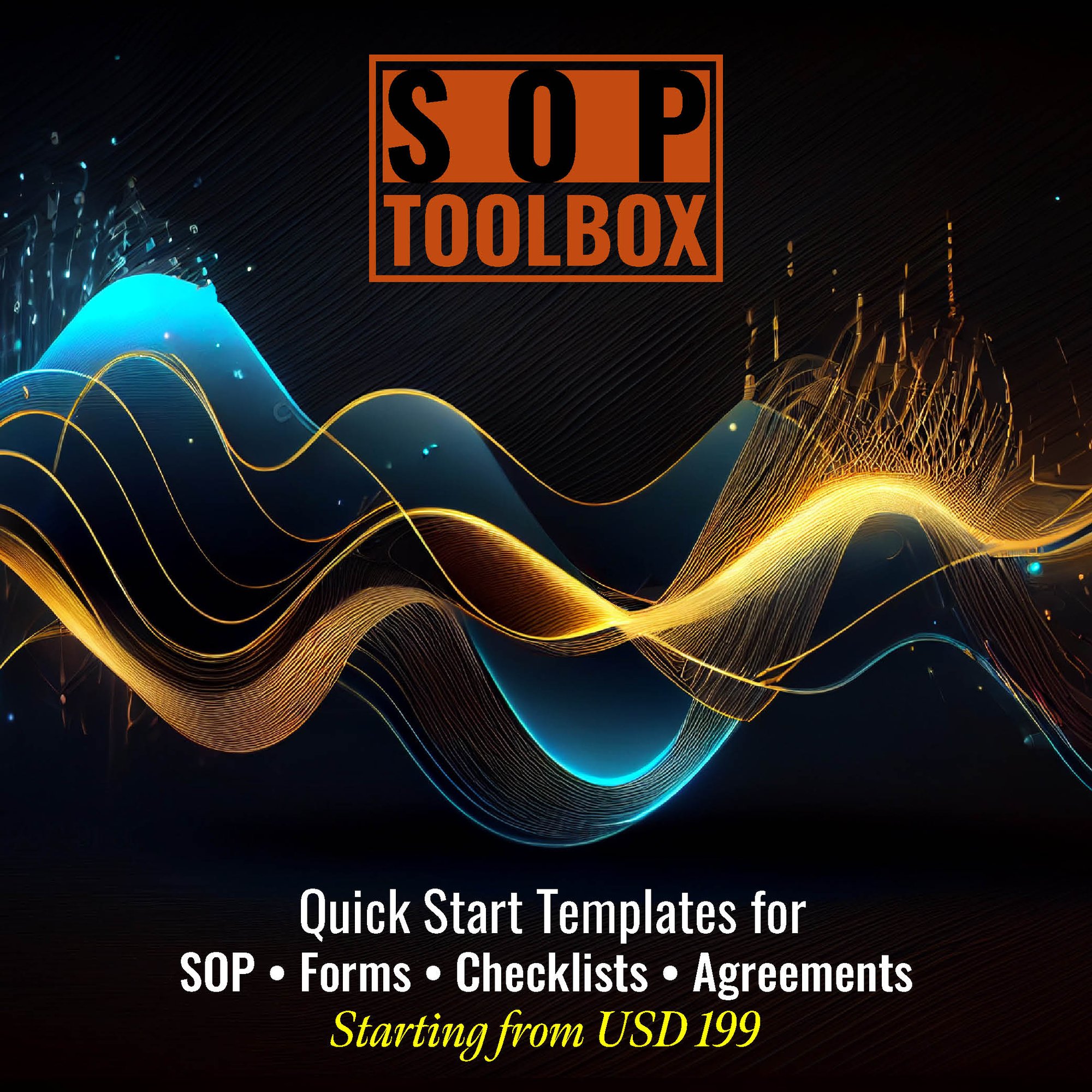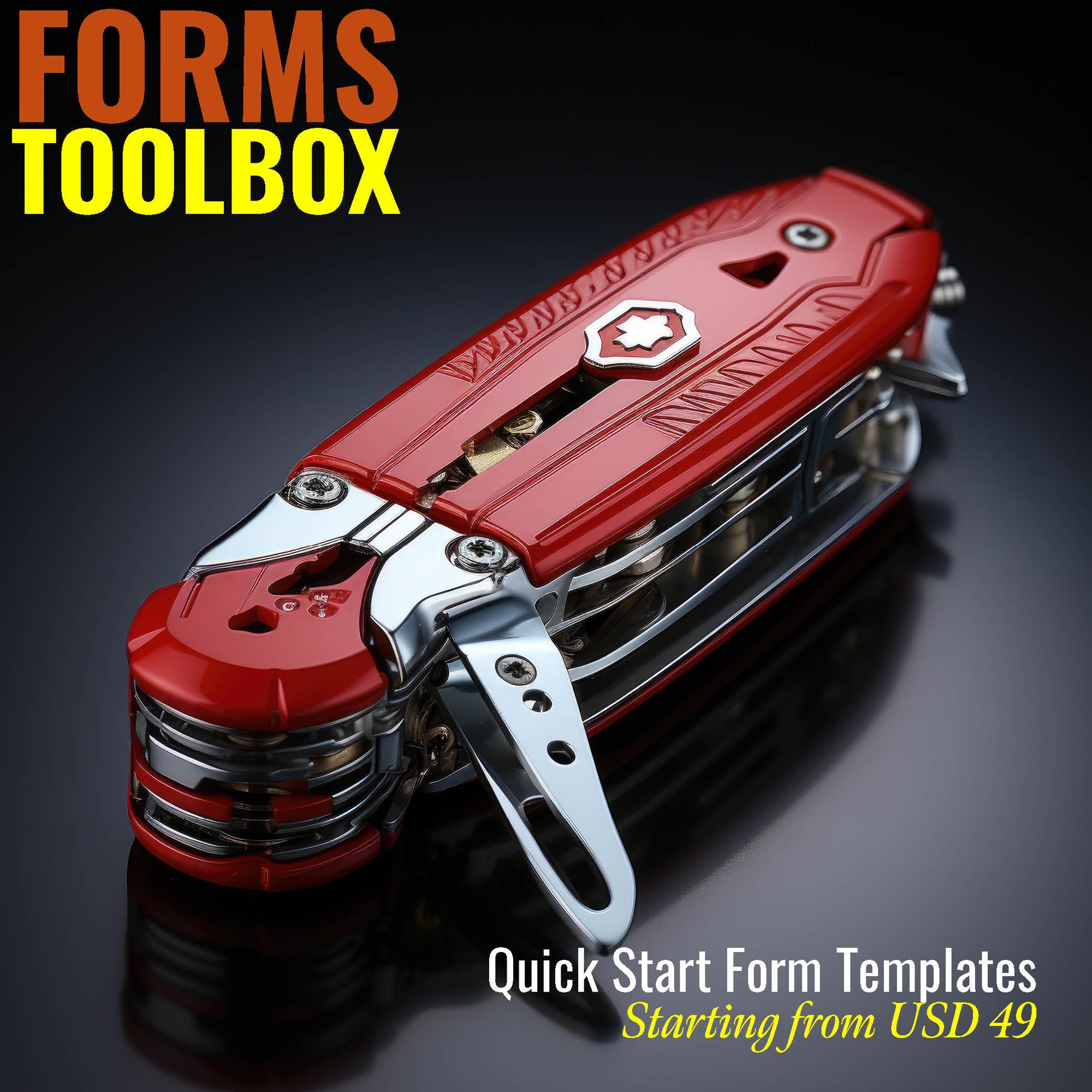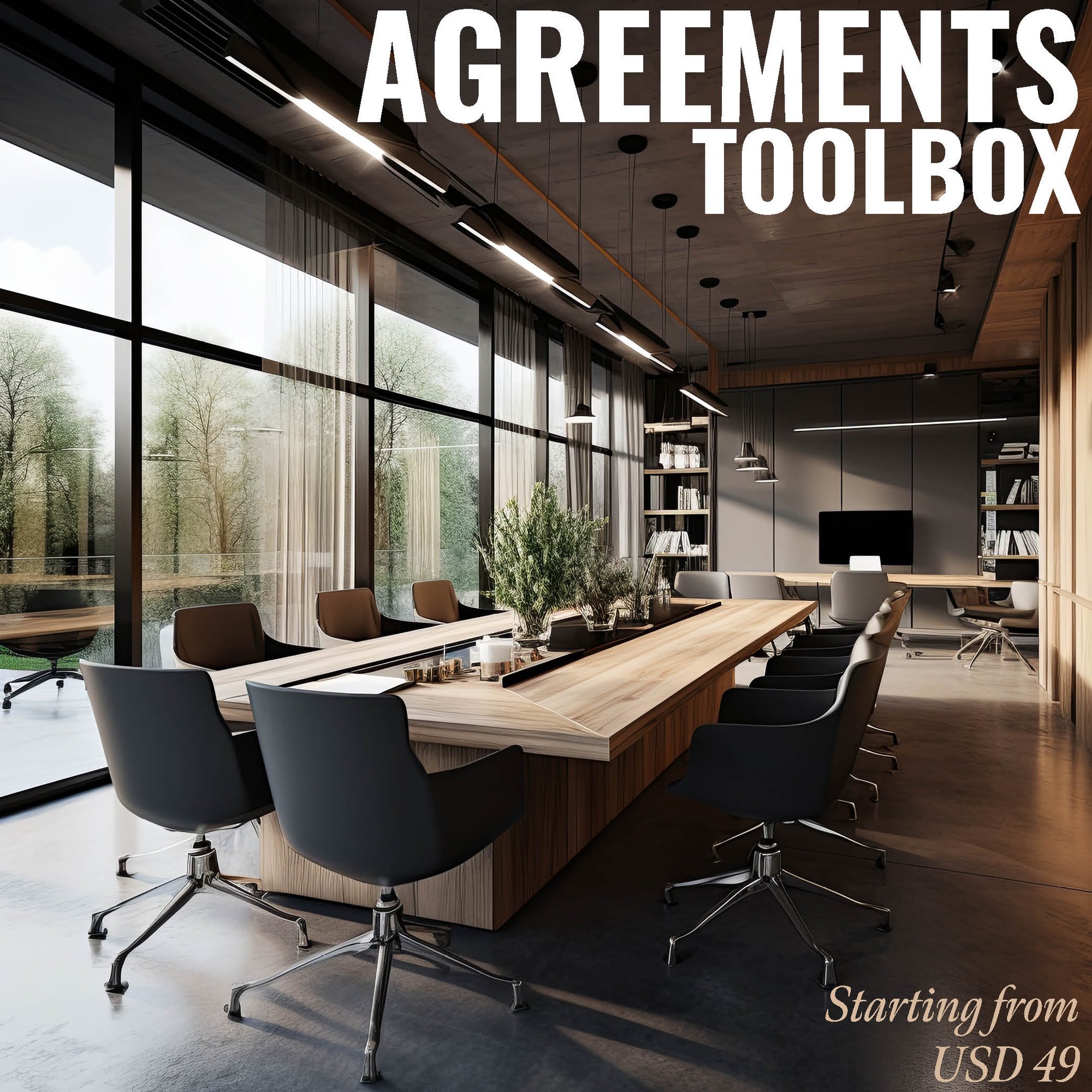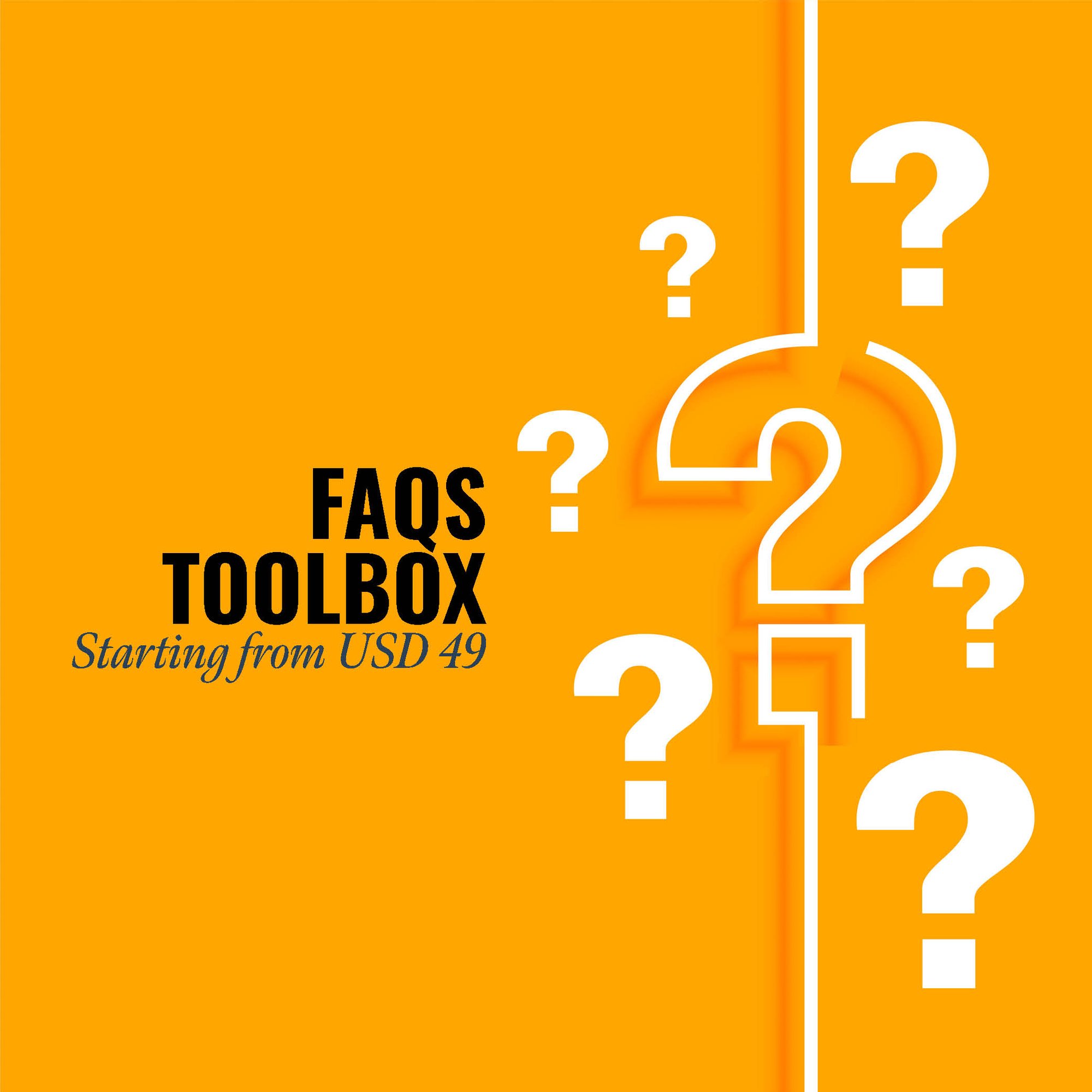An SOP (Standard Operating Procedure) Manual for a New Product Development Department holds a distinct and crucial role within an organization.
-
Innovation and Creativity: It fosters a culture of innovation by providing structured processes and guidelines for brainstorming, idea generation, and prototyping. This ensures that the department consistently produces fresh, unique, and valuable products.
-
Efficiency and Speed: The manual streamlines the product development lifecycle, reducing lead times and ensuring that projects progress smoothly from concept to market. This efficiency is vital in staying ahead of the competition.
-
Risk Management: It helps identify and mitigate potential risks associated with product development, from technical challenges to market fluctuations, enabling proactive problem-solving and strategic decision-making.
-
Resource Optimization: By clearly defining roles, responsibilities, and resource allocation, the manual maximizes the efficient use of time, talent, and budget, ensuring that new product development remains cost-effective.
-
Consistency and Quality: It guarantees consistency in the quality of new products, maintaining the organization's reputation and customer satisfaction while adhering to relevant industry standards.
In essence, an SOP Manual for a New Product Development Department distinguishes itself by promoting innovation, efficiency, risk management, resource optimization, and consistent quality, making it an indispensable resource for organizations striving to remain competitive and relevant in today's dynamic markets.
CLICK HERE to download the List of SOPs Document in PDF format. Please share this document with your clients, colleagues and senior officers.
Top 50 Standard Operating Procedures (SOPs) for New Product Development Department
SOP-929-001: Standard Operating Procedure for New Product Development Department
SOP-929-002: Standard Operating Procedure for Project Initiation and Planning
SOP-929-003: Standard Operating Procedure for Market Research and Analysis
SOP-929-004: Standard Operating Procedure for Conceptualization and Idea Generation
SOP-929-005: Standard Operating Procedure for Feasibility Study and Evaluation
SOP-929-006: Standard Operating Procedure for Project Charter Development
SOP-929-007: Standard Operating Procedure for Cross-Functional Team Formation
SOP-929-008: Standard Operating Procedure for Design and Prototype Development
SOP-929-009: Standard Operating Procedure for Risk Assessment and Mitigation
SOP-929-010: Standard Operating Procedure for Intellectual Property Protection
SOP-929-011: Standard Operating Procedure for Preliminary Cost Estimation
SOP-929-012: Standard Operating Procedure for Regulatory Compliance Assessment
SOP-929-013: Standard Operating Procedure for Market Strategy Formulation
SOP-929-014: Standard Operating Procedure for Resource Allocation and Budgeting
SOP-929-015: Standard Operating Procedure for Technology Assessment and Integration
SOP-929-016: Standard Operating Procedure for Design Review and Feedback
SOP-929-017: Standard Operating Procedure for Iterative Prototyping and Testing
SOP-929-018: Standard Operating Procedure for Vendor Selection and Collaboration
SOP-929-019: Standard Operating Procedure for Detailed Design and Engineering
SOP-929-020: Standard Operating Procedure for Quality Control and Assurance
SOP-929-021: Standard Operating Procedure for Prototype Validation and Verification
SOP-929-022: Standard Operating Procedure for Manufacturing Process Planning
SOP-929-023: Standard Operating Procedure for Supply Chain Management
SOP-929-024: Standard Operating Procedure for Environmental Impact Assessment
SOP-929-025: Standard Operating Procedure for Regulatory Approval and Certification
SOP-929-026: Standard Operating Procedure for Production Scale-Up
SOP-929-027: Standard Operating Procedure for Inventory Management
SOP-929-028: Standard Operating Procedure for Marketing and Branding Strategy
SOP-929-029: Standard Operating Procedure for Sales Forecasting
SOP-929-030: Standard Operating Procedure for Distribution Channel Establishment
SOP-929-031: Standard Operating Procedure for Product Launch Planning
SOP-929-032: Standard Operating Procedure for Post-Launch Monitoring and Evaluation
SOP-929-033: Standard Operating Procedure for Customer Feedback Collection
SOP-929-034: Standard Operating Procedure for Continuous Improvement Processes
SOP-929-035: Standard Operating Procedure for Performance Metrics and KPIs
SOP-929-036: Standard Operating Procedure for Change Control and Revision
SOP-929-037: Standard Operating Procedure for Documentation and Knowledge Management
SOP-929-038: Standard Operating Procedure for Training and Skill Development
SOP-929-039: Standard Operating Procedure for Cross-Functional Communication
SOP-929-040: Standard Operating Procedure for Crisis Management and Contingency Planning
SOP-929-042: Standard Operating Procedure for Lessons Learned and Best Practices
SOP-929-043: Standard Operating Procedure for Team Collaboration Tools and Platforms
SOP-929-044: Standard Operating Procedure for Data Security and Confidentiality
SOP-929-045: Standard Operating Procedure for Sustainable Practices Integration
SOP-929-046: Standard Operating Procedure for Collaboration with Research and Development
SOP-929-047: Standard Operating Procedure for Lean Manufacturing Principles
SOP-929-048: Standard Operating Procedure for Technology Upgradation and Adoption
SOP-929-049: Standard Operating Procedure for Product Life Cycle Management
SOP-929-050: Standard Operating Procedure for Innovation Culture Promotion
SOP ToolBox: If you are reading these lines, I am sure you are looking for Standard Operating Procedure guidelines or SOPs itself. In both the cases, searching in internet will not be yielding any great help. Because no company shares their SOP Development Process and certainly don’t share their SOP Documents. The best way to develop an SOP is creating one for yourself. At Fhyzics, we write SOPs day-in and day-out for companies across the globe including some of the Fortune 500 organisations. Our charge ranges from USD 5000 to USD 50000 depending upon the number of processes to be covered. Certainly, this is not affordable to small and mid-size organisations. Hence, we decided to create this SOP ToolBox to disseminate our 8-Step SOP Development Life-Cycle and best practices at an unbelievably low price.
I always say, writing an SOP is somewhere between art and science. So far you may be clueless on where to start and how to progress on an SOP? This will not be the case after you diligently go through this SOP ToolBox. We have summarised all our secrets here to get you started and to deliver a stunning SOP to your management.
7 stage of New Product Development Processes:
1. Concept/ideation: The first step is concept and ideation stage during which a product’s functional and performance requirements can be defined along with buyer personas or ‘the voice of the customer’. Customer requirements and innovative functionality design ideas are floated and explored freely to find compelling potential solutions that answer an identified market need.
2. Feasibility study and design planning: The feasibility phase gives management an opportunity to evaluate a project’s potential success, reviewing and refining the business case from various angles. During this phase, the project team reviews product design concepts. They then select the design that best fulfils the previously defined user requirements. Now, the detailed, exhaustive project requirements are assembled that will guide the design and development phase.
3. Design and development: In this phase, formal engineering specifications are created. Verification and validation plans are developed for the future. These are the final quality checks that will systematically determine that all agreed deliverables are present and working in the end product. The product is then developed against the designs, with regular checks made throughout the process to assess and mitigate the risk of its failure for the end-user and the project itself.
4. Testing & verification: Comprehensive testing of the final product takes place to evaluate the robustness of the design and its ability to meet customer and performance requirements. Verification takes place against the design requirements identified in stage 2.
5. Validation & collateral production: Validation takes place against the customer needs that have been identified at the ideation stage. Collateral is finalised and prepared to support the manufacture and launch phase.
6. Manufacture/launch: Plans, specs and other relevant documentation are transferred to manufacture for production, or software products and updates are released to customers. Marketing and launch plans are finalised and activated. Software products are released to customers electronically as updates or downloads.
7. Improvement: The new product becomes part of the company’s portfolio. Ongoing product management ensures the product is subject to continuous upgrades and improvement. CAPA processes are in place to feed into these actions.
Some of the international association of New Product Development Department:
- Product Development and Management Association (PDMA).
- Product Development Management Association (PDMA).
- The Product Development and Management Association of New Zealand (PDMANZ).
- The International Software Product Management Association (ISPMA).
- Business Technology Association (BTA).
- American Management Association (AMA).
- Thane Manufacturing Association (TMA).
- The Association of Supply Chain Management (ASCM).
- ISO 9001: 2008
- ISO 9001: 2015
- ISO 13485: 2016
- ISO 17024: 2012
- ISO 9001: 2000
- ISO 9004: 2000
- ISO 16949: 2002
-
International Journal of Product development | https://www.inderscience.com/jhome.php?jcode=ijpd |
-
Journals of Product Innovation Management | https://onlinelibrary.wiley.com/journal/15405885 |
-
Product Management Journal | https://www.productfocus.com/product-management-resources/journal-articles/ |
You Tube:
https://www.youtube.com/watch?v=1C0en74UwTE |
Please click here to review the SOP Templates’ Terms & Conditions.
Keywords: sop, manual, policy, sop meaning, sop full form, standard operating procedure, full sop, user manual, sop is, user guide, instruction manual, owners manual, sample sop, operators manual, sop example,standard operating procedure examples, abbreviation sop, standard operating procedure sample, milk sop, sop document, sop process,m manual, operating procedures, operating process, sop meaning in hindi, standard procedure, sop standard operating procedure, sop top, sop writing, standard operating procedures manual, sop meaning in english, sample sop for mba, standard operating procedures examples in office, product manual, sample sop for ms, maintenance manual, sop security, sop in research, sop in business, whats sop, standard of operation, sop set, sop procedure, sop marketing,sop training, sop hotel, sop, sop meaning business, sop form, sba sop,sop software, help manual, sop it, army sop, company sop, sop sap, o m manual, standard operating procedure examples for small business, shop manual, sop manual, sop meaning in business, purpose of standard operating procedures, sop full meaning, standard operating procedure meaning, sop military, sop standard, sop meaning medical, hr sop, sop production, purpose of sop, sop management, warehouse sop, sales sop, sop pharma, sop manufacturing, sop creation, sop laboratory, ms sop, sop full form in hindi, sop front office, sop customer service, sop online, gmp sop, sop purchasing, sop pharmacy, sop safety, sop for project management,sample sop for australian student visa, sop meaning in tamil, sop system, best sop, sop up, sop in english, sop for mechanical engineering, sop for university,sop in malay, sop lab, sop for business analytics, sop model, sop in pharmacy, developing sops, standard operating procedure examples manufacturing, sop full form in retail,sop full form in medical, sop engineering, sop application, writing standard operating procedures, procurement sop, sop maintenance,standard operating procedure nhs, sop clinical trial, sop operations,sop in construction, operating procedures manual, standard operating procedure ppt, standard procedure meaning, sop ppt, a sop, sop document meaning, sop def, sop full form in safety, sop quality control, sop for college, sop quality, sop service, types of sop, sop for engineering management, sop document sample, benefit of sop, preparing sop, standard operating procedure in hindi, sop for visa, sop compliance, sop protocol, sop aviation, sop meaning in chat, standard operating process, sop meaning military, sop for business management, standard operating procedure software, sop list, sop medical, sop logistics, sop project, sop for it department, sop call center, standard work procedures, sba sop 50 10, sop meaning in logistics, standard operating procedure laboratory, test sop, sop sample for ms, drafting sop, sops meaning in tamil, sops meaning in telugu, sop automotive, standard operating system, sop cafe, sop slideshare, sop ap, sop bank, sop in retail, creating standard operating procedures, sop admin, document control sop, pharmaceutical sop,sop in pharmaceutical industry, statement of purpose harvard, sop examples for ms, quality assurance sop, sop in clinical research, nursing sop, sop for transportation, sop policies, sops are specific to a process, sop in hindi, standard operating procedure for warehouse picking, master sop, list of sop for pharma, pharmaceutical sop examples, types of standard operating procedures, retail sop, sample sop for ms in mechanical engineering, standard operating protocol,sop supply chain, system operating procedure, sop rules, example of sop in research, sop in food industry, sop for international business management, sop for hospitality management, sop for hr department, army sop example, sop standard operating, office sop, hr standard operating procedures, preventive maintenance sop, sop for purchase department, human resources sop, fire department sops, information technology sop, operating procedure example, administration sop,sop for retail store, indian sop, construction management sop, sop hotel front office, example sop document, standard and procedures,working sop, sop for maintenance department, sop hrd department,sop full form in hotel industry, sop full, sop for human resource management, laboratory sop examples, standard operating procedure for quality control, sop for ms in mechanical engineering, sop meaning army, security standard operating procedures, sop machine, sample sop for internship, sop for hotel management, sample sop for masters, qa sop, developing standard operating procedures, standard operating procedure document, product recall sop, marketing statement of purpose, it standard operating procedures, equipment sop, sop purpose example, sop shipping, sop for sales and marketing,converting pos to sop, workshop sop, standard operating procedure manufacturing, digital marketing standard operating procedures, following standard operating procedures, sop ki full form, sop for nursing procedures, an sop, purchase sop for manufacturing company, sop a, statement of purpose for mba marketing, full meaning of sop, sop for research internship, research sop sample,vendor qualification sop, sop purchasing and receiving, sop meaning in visa, sop for admission, standard operating procedure medical office, sop in industry, sop sales marketing, navy sop, project management standard operating procedures, sop it support, standard operating manual, security operating procedures, statement of purpose for international business, procurement standard operating procedures, communication sop, sop full form in pharma, minimum sop, sop health and safety, product sop, sop for marketing department, sop in medical terms, sales standard operating procedure, sop purchase order, department sop, customer service standard operating procedures, clinical sop, marketing standard operating procedure, sop standard operating procedure example, construction standard operating procedures, standard of operations procedures manual sample, sop for facility management, sop full form in education, standard operating procedure in food industry, visa sop,sop for business administration, company sop meaning, sop work, sop operating procedure, sop for summer internship in engineering sample, general administration sop, sop for administrative duties.
Our SOP Templates’ clients are from the following States and Countries:
Alabama, Alaska, Arizona, Arkansas, California, Colorado, Connecticut, Delaware, Florida, Georgia, Hawaii, Idaho, Illinois, Indiana, Iowa, Kansas, Kentucky, Louisiana, Maine, Maryland, Massachusetts, Michigan, Minnesota, Mississippi, Missouri, Montana, Nebraska, Nevada, New Hampshire, New Jersey, New Mexico, New York, North Carolina, North Dakota, Ohio, Oklahoma, Oregon, Pennsylvania, Rhode Island, South Carolina, South Dakota, Tennessee, Texas, Utah, Vermont, Virginia, Washington, West Virginia, Wisconsin, Wyoming.
Afghanistan, Albania, Algeria, Andorra, Angola, Antigua and Barbuda, Argentina, Armenia, Australia, Austria, Azerbaijan, Bahamas, Bahrain, Bangladesh, Barbados, Belarus, Belgium, Belize, Benin, Bhutan, Bolivia, Bosnia and Herzegovina, Botswana, Brazil, Brunei Darussalam, Bulgaria, Burkina Faso, Burundi, Cabo Verde, Cambodia, Cameroon, Canada, Central African Republic, Chad, Chile, China, Colombia, Comoros, Congo (Republic of the), Costa Rica, Croatia, Cuba, Cyprus, Czech Republic (Czechia), Democratic People’s Republic of Korea (North Korea), Democratic Republic of the Congo, Denmark, Djibouti, Dominica, Dominican Republic, Ecuador, Egypt, El Salvador, Equatorial Guinea, Eritrea, Estonia, Eswatini, Ethiopia, Fiji, Finland, France, Gabon, Gambia, Georgia, Germany, Ghana, Greece, Grenada, Guatemala, Guinea, Guinea-Bissau, Guyana, Haiti, Honduras, Hungary, Iceland, India, Indonesia, Iran, Iraq, Ireland, Israel, Italy, Jamaica, Japan, Jordan, Kazakhstan,Kenya, Kiribati, Kuwait, Kyrgyzstan, Lao People’s Democratic Republic (Laos), Latvia, Lebanon, Lesotho, Liberia, Libya, Liechtenstein, Lithuania, Luxembourg, Madagascar, Malawi, Malaysia, Maldives, Mali, Malta, Marshall Islands, Mauritania, Mauritius, Mexico, Micronesia (Federated States of), Moldova, Monaco, Mongolia, Montenegro, Morocco, Mozambique, Myanmar (Burma), Namibia, Nauru, Nepal, Netherlands, New Zealand, Nicaragua, Niger, Nigeria, North Macedonia (formerly Macedonia), Norway, Oman, Pakistan, Palau, Panama, Papua New Guinea, Paraguay, Peru, Philippines, Poland, Portugal, Qatar, Republic of Korea (South Korea), Republic of the Congo, Romania, Russian Federation (Russia), Rwanda, Saint Kitts and Nevis, Saint Lucia, Saint Vincent and the Grenadines, Samoa, San Marino, Sao Tome and Principe, Saudi Arabia, Senegal, Serbia, Seychelles, Sierra Leone, Singapore, Slovakia, Slovenia, Solomon Islands, Somalia, South Africa, South Sudan, Spain, Sri Lanka, Sudan, Suriname, Sweden, Switzerland, Syrian Arab Republic (Syria), Tajikistan, Thailand, Timor-Leste, Togo, Tonga, Trinidad and Tobago, Tunisia, Turkey, Turkmenistan, Tuvalu, Uganda, Ukraine, United Arab Emirates, United Kingdom of Great Britain and Northern Ireland, United Republic of Tanzania, United States of America, Uruguay, Uzbekistan, Vanuatu, Venezuela, Viet Nam, Yemen, Zambia, Zimbabwe.
Fhyzics supports organisations in developing the following documentations:
Standard Operating Procedures (SOPs), Work Instructions, Policies and Procedures, Process Flow Diagrams, Job Descriptions, Training Manuals, Employee Handbooks, Compliance Guidelines, Quality Assurance Manuals, Health and Safety Procedures, Risk Management Plans, Business Continuity Plans, Internal Audit Procedures, Incident Reporting Forms, Performance Management Guidelines, Change Management Procedures, Vendor Management Guidelines, Customer Service Protocols, IT Security Policies, IT Support Documentation, Disaster Recovery Plans, Operational Checklists, Data Management Policies, Confidentiality Agreements, Non-Disclosure Agreements, Employee Onboarding Procedures, Employee Exit Procedures, Performance Appraisal Forms, Employee Code of Conduct, Conflict Resolution Procedures, Product Development SOPs, Supply Chain Management Guidelines, Procurement Guidelines, Inventory Management SOPs, Shipping and Receiving Procedures, Production Scheduling SOPs, Maintenance Procedures, Equipment Calibration Documents, Environmental Compliance Documentation, Sustainability Policies, Customer Feedback Forms, Marketing Strategies, Advertising Guidelines, Brand Management Guidelines, Product Packaging SOPs, Laboratory Testing Procedures, Regulatory Compliance Documentation, Tax and Accounting Procedures, Contract Management Procedures, Legal Compliance Guidelines, Financial Reporting Procedures, Budgeting Procedures, Internal Control Procedures, Fraud Prevention Policies, Asset Management Guidelines, Purchase Order Procedures, Sales and Distribution Guidelines, Client Contracts, Customer Return Policies, Internal Communication Protocols, Vendor Evaluation Forms, Product Safety Standards, Workplace Health and Safety Standards, Public Relations Procedures, Social Media Management Guidelines, Crisis Management Plans, Employee Grievance Procedures, Privacy and Data Protection Policies, Digital Transformation Guidelines, Innovation Management Procedures, Continuous Improvement Guidelines, Strategic Planning Documents, Corporate Social Responsibility (CSR) Guidelines, Audit Trails and Records, Employee Training and Development Records, Succession Planning Documents, Talent Acquisition Procedures, Team Collaboration Protocols, Employee Benefit Plans, Workplace Diversity Guidelines, Time and Attendance Tracking, Payroll Procedures, Employee Leave Policies, Conflict of Interest Policy, Emergency Response Procedures, Environmental Impact Assessment Procedures, Transportation and Logistics Procedures, Inventory Control Forms, Warehouse Management Guidelines, Product Lifecycle Management SOPs, Customer Satisfaction Surveys, Third-Party Risk Assessment Guidelines, Technology Adoption Policies, Software Licensing Guidelines, Security Incident Response Procedures, Supply Chain Risk Management Policies, Product Recall Procedures, Food Safety Guidelines, Employee Wellness Programs, Workplace Ergonomics Guidelines.






.jpg?width=645&height=337&name=Standard%20Operating%20Procedure%20-%20SOP%20ToolBox%20(1).jpg)











